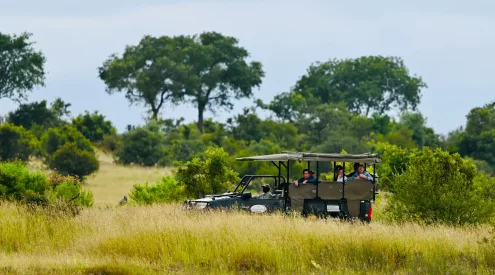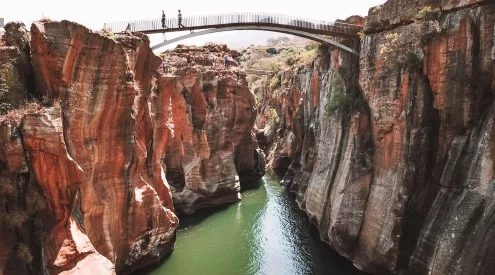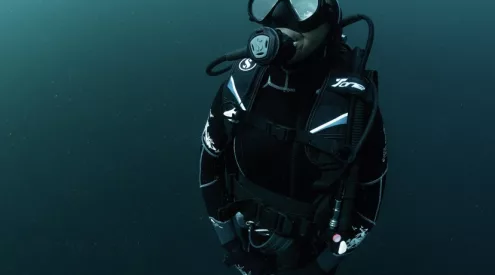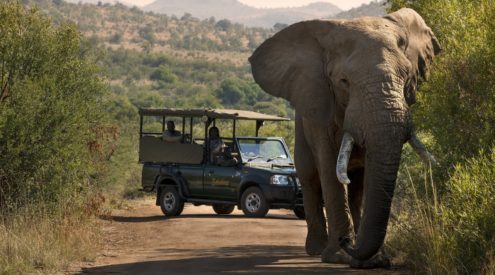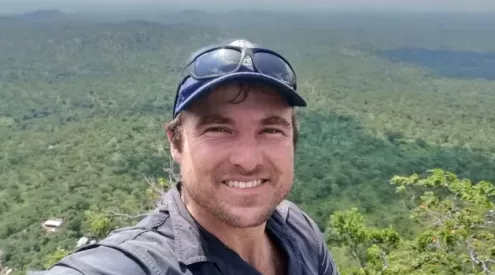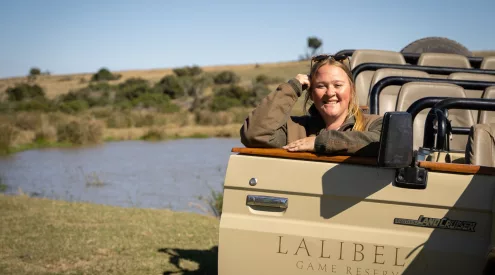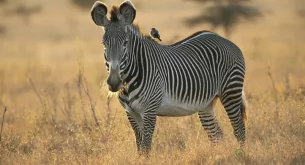The rig drifted westwards through the night, propelled by a stiff breeze. The three Zimbabweans, stripped of their weatherproof clothing, huddled together for warmth. The previous evening armed Zambian pirates in dugout canoes had boarded their rig and locked them in the supply cupboard, then removed the generator, outboard motor, cables and lights. Before leaving they’d released the men but, as an afterthought, had beaten them up and demanded their all-weather clothing.
By pushing the stranded vessel further from Lake Kariba’s more populated waters, the east wind was reducing the possibility of rescue. The rig drifted through the next day and into the night. Then at dawn on the second day it was spotted by another boat and taken in tow, its crew exhausted and hungry.
On the lake bordering Zambia and Zimbabwe, outright piracy – boarding rigs to steal equipment – is on the increase. But even more serious is a looming turf war between the countries over small, sardine-like fish called kapenta. It’s a struggle that involves fishing rights, catch and rig hijacking, poaching, corruption and under-regulation. The outcome could be a catastrophic population crash of one of the major sources of protein in central Southern Africa.
Kariba isn’t really a lake but the world’s second largest dam (Egypt’s Aswan is the biggest) created by a relatively small wall across the Zambezi River at the Kariba Gorge. It’s four times the size of the Three Gorges Dam in China, and at around 50 years old it’s a newcomer to being a dam. The shoreline hasn’t had much practise at being one and exhibits its surprise in wave-clawed hillsides, scree rockslides and forests of now white, dead trees marching across its shallows.
This is mountainous country. As the lake filled behind the new wall, hilltops became islands and tributaries filled into bays, leaving the shoreline, on a map, looking rather like the ripped victim of a massive grenade attack. The outcome, as the lake rose and fell, has been grass-covered shores and islets favoured by hippos, crocs and elephants as well as countless bays for bream and tiger fish.
Run-off from the surrounding bushveld provides abundant nutrients for plankton – perfect food for kapenta, which is actually two species introduced from Lake Tanganyika. One is a sardine (Limnothrissa miodon) and the other a sprat (Stolothrissa tanganicae). They form huge shoals in the central lake.
At night the rigs lower large, circular dip nets and, using generators, shine bright beams into the water above them. Zooplankton and copepods are attracted to the light like moths to a flame and the kapenta follow them. The nets are slowly raised and come out of the water with their glittering, silvery catch.
The kapenta are transferred into baskets and coarse salt added. Back in harbour the next morning, the fish are spread on drying racks and sun dried. This gives them a long shelf life and they’re easily transported to remote areas without refrigeration. But these days many drying racks are empty.
‘The fish are going,’ said Binga fisherman Pinos Muleya, staring northwards across the water with a world-weary gaze. ‘It’s the foreigners. They fish on our side of the border. They fish where fish breed. They don’t care about tomorrow. We can’t do anything. The Zimbabwean government fines them sometimes. But there are too many rigs and no money to police the lake.’
In Zambia, the accusing fingers point south. Operators argue that southeasterly winds and water currents move most nutrients into the Zambian side where kapenta become more concentrated. For this reason, say the Zambians, Zimbabweans violate territorial boundaries. When caught, they claim it’s the Hand of God. They say they couldn’t see at night and the wind blew them across. So they mostly don’t get fined and soon return.
At the root of the struggle is overfishing and much of the problem can be traced to the licensing system. In Zimbabwe, each rig has to be licensed, costing around US$1 500 (about R12 000) a year. In Zambia, you can have as many rigs as you can afford and only need a single licence to fish.
The result, according to Muleya, is that Zimbabwe has maybe a thousand or so rigs but Zambia has many thousands. ‘There’s too much [sic] boats,’ he said. ‘Sometimes at night there are so many Zambian rigs on our side of the lake. It’s like a city out there. You can read by their lights.’
Four years ago his five boats were selling 32 tonnes of dried kapenta a year. Last year it was down to 21 tonnes and in the first three months of this year they took only oneand- a-half tonnes.
‘We should shut down all fishing on the lake for four months a year to allow fish to breed,’ he said. ‘But we have to pay licence fees. And we must pay national parks to operate from here and pay council tax. If there’s smoke we must pay pollution tax. And, of course, salaries. A shutdown would kill small operators like myself. We’re between a rock and a very hard place. Because soon there may be no more kapenta.’
That would threaten the food security of a huge region. Kapenta is a vital staple, providing refrigeration-free protein across a large part of Southern Africa. Mixed with maize meal, a single cup of the dried fish can feed a family.
Officials of both countries have met to try to find a solution, but nothing has yet been decided. And as the supply declines, across Kariba the kapenta war is escalating.

